- Learning time
- 30 minutes
- First play time
- 90 minutes
Carolus Magnus
Designed by: Leo Colovini
Carolus Magnus is a curious game: a race to build towers, but the ability to build towers at the mercy of what paladins (represented by different-coloured cubes) you control. (The game is recently reprinted as Eriantys)
Fifteen territory tiles are laid in a random circle, with three of each coloured cube placed out one-per-tile, again randomly. The large yellow emperor piece is placed on one of the territories, and players have seven starting cubes in their stock. Play is – mechanically, at least – simple. First, everyone plays a token into the circle of tiles to decide turn order – the tokens are numbered 1-5 and if a number has already been played, you must play a different one if possible. Then, starting with the lowest number and working upwards, each player takes their turn by either
1 adding three of their cubes to any territory tile, or
2 adding three cubes to their court
It makes sense to explain the court first, as that’s the more likely option on most turns – certainly in the early stages of the game. Your court is represented by a card showing the various coloured paladins – simply add three of your choice next to the colour in question. Why? Because having the most of a colour gives you control of all the paladins of that colour in the territories: while you control them, you can build one of your towers in a region where they (or a combination of them and other colours you control) outnumber any opposition colours. Having taken the three-cubes action of your choice, you now move the emperor clockwise, up to the number of steps on the tile you played. Thus, playing a 1 tile means you’ll go first, but the emperor can move a single step, whereas a 5 tile means you’ll be going last but have a lot more flexibility as to where you move the emperor.
If the emperor stops on a territory you control, you can build a tower there. If it stops on a territory you have a tower on but you no longer have control of the paladins present, your tower is ejected and whoever controls the territory builds a tower there instead! In either event (or indeed when nothing happens because there is a tower present and control hasn’t changed hands) you roll three dice to top up your stock of paladins/cubes, and then it’s the next player’s turn. If you were last to play, then the player who played the lowest token previously is first to play a token this time.
What prevents Carolus Magnus becoming a mere tactical tower-building and tower-crumbling fight, however, is the building of regions. If you build towers in adjacent territories they slide together and make a region: considered a single step by the emperor, but all the paladins in the region compared as they would be in a territory. the advantage of regions is that your towers – usually just there to denote ownership and look pretty – now function as an ‘extra paladin’ in your favour. So for instance if my territory has 4 pink cubes in and you control the pink paladins, you might beat my three blue paladins but my two towers bump my presence up to five and keep me safe – for now. These are the kind of circumstances in which you might forego putting cubes in the court and take option one above: bumping up control in a territory or region can be huge at the right time. But remember also it’s not enough to simply outnumber people to kick their towers out – the emperor has to stop there as well!
Once all the tokens have been played, players retrieve them and the process starts again. The moment someone builds their final tower, they instantly win. Or if there are only four regions left, whoever has the fewest towers wins instead.
The guru's verdict
-
Take That!
Take That!
It looks and feels like a bit of a puzzle, but Carolus Magnus is also - very much - a battle, and not a game for the gentle-hearted.
-
Fidget Factor!
Fidget Factor!
Low to moderate. Although it's a slightly tricky game to explain, once you've played it once you'll see how straightforward it actually is: in each turn you're simply moving three cubes. Where they go is the nub, and very possibly the rub...
-
Brain Burn!
Brain Burn!
...and that caveat is what Carolus Magnus is all about. It's a very abstract-feeling game, but it's as combative as chess, and probably a little sneakier. The dilemma each turn gives you swiftly transitions from 'well, this seems pretty obvious' on your first couple of turns into 'argh what the blazes do I do now' as the game reaches it's extremely dynamic, swingy, in-your-face end stages.
-
Again Again!
Again Again!
Carolus Magnus doesn't offer immersive theme - we found we quickly referred to the paladins as 'cubes' and the emperor can feel more like a council inspector than a monarch. But it


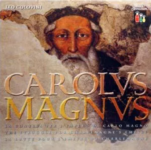

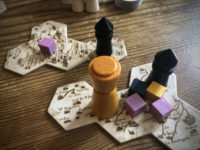

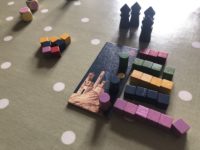
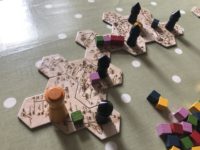


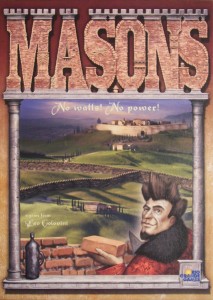
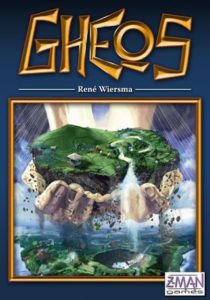

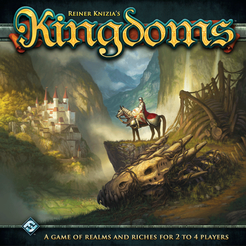
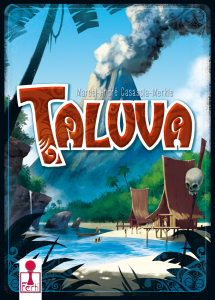
Sam says
It's not exactly an intuitive game to explain, because it is very abstract-feeling, but after a first play that complexity 3 will drop significantly to more like a 2 - or even less. Play tokens for turn order (remember your tokens also define how far you can move the emperor) then play three cubes to court or a territory, move the emperor, build a tower! That's it. The thing is though, the constantly shifting control of each colour makes it feel like you're trying to wrangle a bunch of unruly mercenaries who will change their loyalties at the drop of a hat. Carolus Magnus may not have the immersive theme of a Memoir 44 or a skirmish game like Imperial Assault, and it has a far lighter set of rules to boot. But make no mistake: this is a battlefield, and blood will be shed!